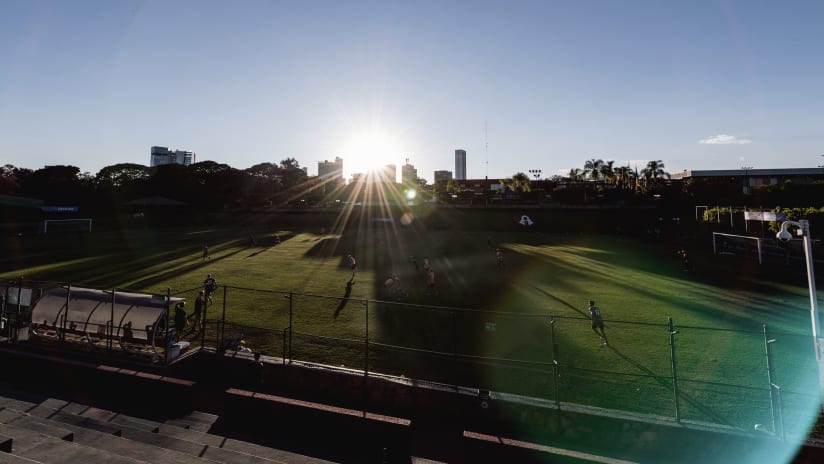Our time in Mexico on Friday was a little different. The digital team here on the ground in Mexico got the chance to tag along on a special field trip with club president Darren Eales and vice president Carlos Bocanegra as they toured the Lunazul tequila distillery.
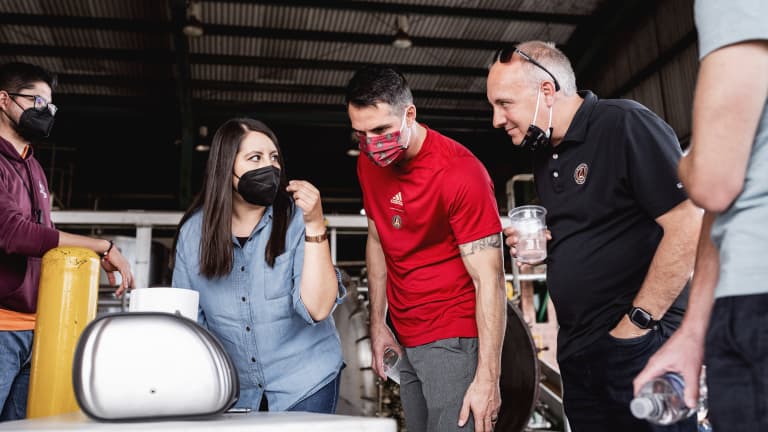
The excursion showed us a lot about the tequila-making process – and we got to taste some of it as well. The spirit gets its name from Tequila, Mexico, the town where we spent the day and the birthplace of tequila. The city of Tequila is about an hour drive west of Guadalajara where the team has been training. The two-lane highway cuts through arid land and hosts roadside stands selling watermelon, pots or sombreros.
Pretty early along the drive the land sprouted with countless agave plants, the succulent harvested to produce tequila. The plant is low to the ground and has long, sharp-looking leaves. The agave also has a unique smell, an earthy mix somehow both wooden and sweet. From certain angles, the color of the “blue plant” could almost be in the same family as Atlanta United’s new travel threads.
A special type of farmer, known as a jimador, grows the plants and raises them for production. The jimadors are very skilled and can recognize what the plant needs and whether or not it’s ready for harvest. The plants need time to mature, for example between seven to 10 years. Sometimes, illness or natural elements like extreme weather can deter the growth of the plant and may require re-harvesting.
We learned that only five states in Mexico can raise agave, and Jalisco, the state that Tequila and Guadalajara are in, is one of them. The temperatures make the region a good place for agave plants to grow. The conditions are comparable to areas of China where rice paddies grow.
We got a tour of the facility, the crew walking us through the process. They showed us how the agave plants are taken from the fields, passed from a truck and onto a conveyor belt toward machinery where they will be handled. At the distillery, the truck usually takes on 20 pounds of agave per day.
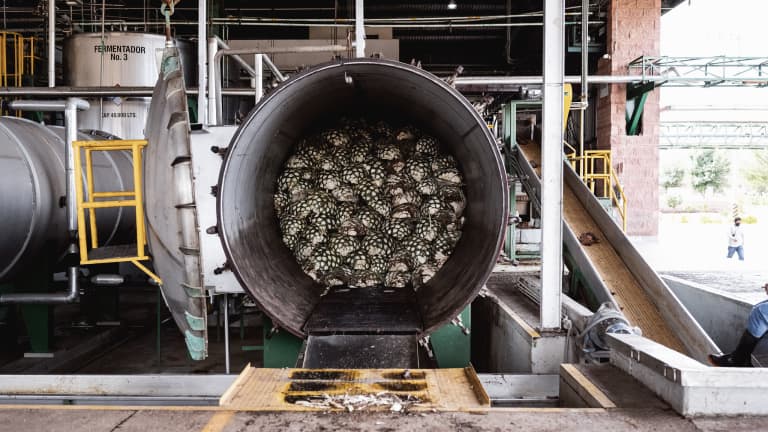
The agave plants move through the process, which involves squeezing out the juice from the plant then adding water and yeast. Adding yeast creates bubbles in the liquid, and the tequila at this stage actually smells like beer. Walking among a scaffold, we were able to look down into two of the large vessels. One hadn’t had alcohol added yet, so yellow bubbles bunched up. The other was further along in the process and was almost ready to go, the sugar, yeast and alcohol added, looking rich, ripe and smooth.
They took us into the lab where they prepare the yeast. This is actually an important part in the process because the yeast gives the drink its flavor. After the yeast is added, the alcohol is filtrated into another room for two rounds. After the first, the product is around 55 percent alcohol. They poured some of this out for us to try (small sips are recommended, unless you're game like Darren Eales). The second pass dilutes the drink to an alcohol content around 40 percent (40 for U.S. drinkers, 38 for Mexico).
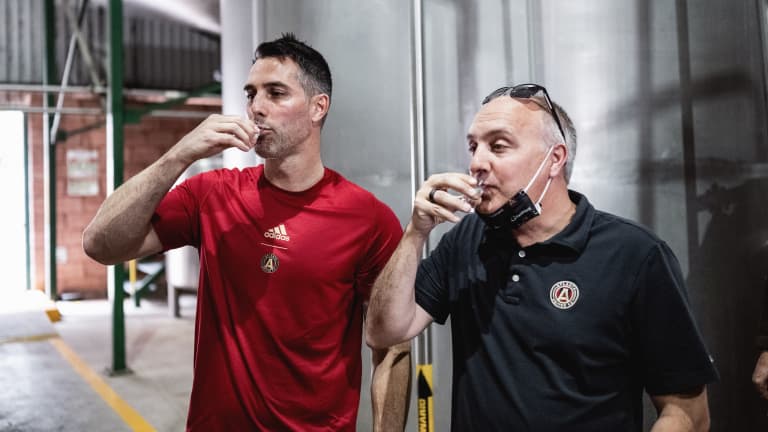
Next, we saw them package the tequila. A dozen workers rinsed out glass bottles where the tequila is poured into and added labels to the bottle with the Lunazul logo. We actually had a chance to add the sticker on a few bottles ourselves, so next time you buy Lunazul tequila it may have been stamped by Carlos Bocanegra himself.
The distillery produces around 1,055 cases per week for the U.S. alone. The most popular type in the U.S is the Blanco tequila. This is the drink featured on the home screen of their website here.
Toward the end, we got to walk through the aging room. Hundreds upon hundreds of barrels stacked on top of each other in neat, orderly rows. Some of the tequila in these barrels are aged for four months; some a year and a half. The distillery explained they use barrels from the U.S. that were previously encased bourbon or whiskey. Using tequila barrels could contain water that disrupts the flavor.
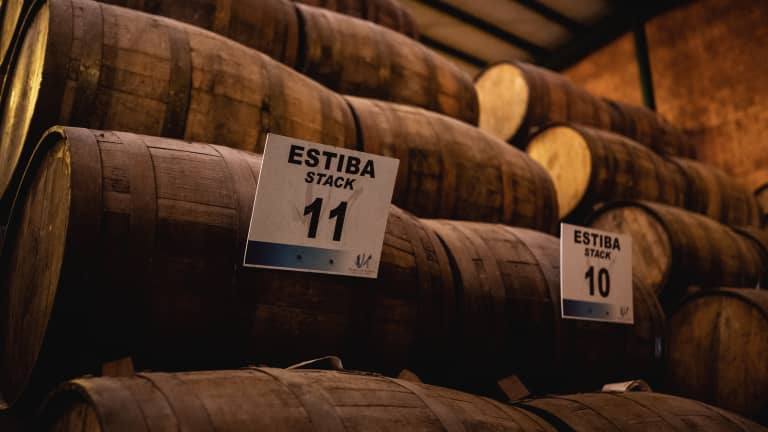
At the end, we tried a few cocktail recipes including cantaritos, a delicious local drink that contains tequila, orange juice, lemon and grapefrult. We also tried El Humoso, the Lunazul tequila made with a smokey flavor that resembles Mezcal, and Primero, their tequila that has a cherry and wood flavor (a personal favorite).
It was a nice and educational day. Lunazul were amazing and generous hosts. It was a fun way to get out of the soccer bubble for a little bit, experience the local culture and learn more about Mexico.
We'll be back on Saturday with updates from Guadalajara so stay tuned for more coverage at ATLUTD.com/mexico and ATLUTD on Twitter.


